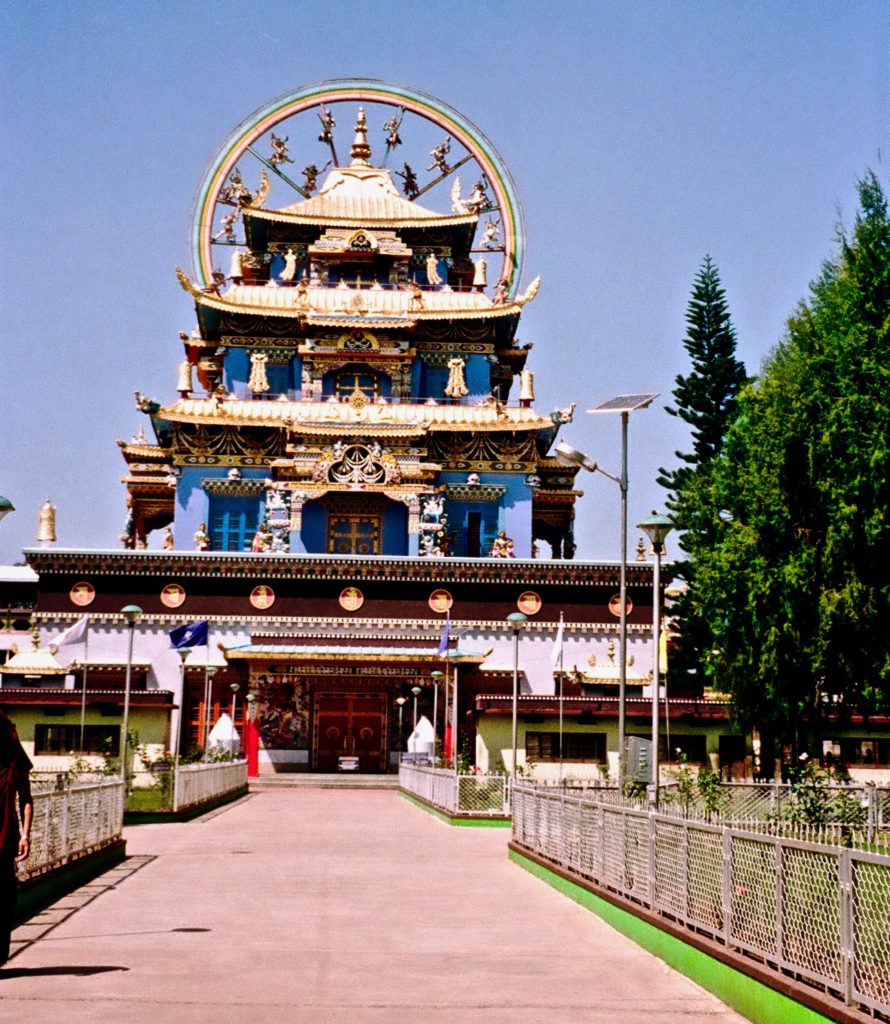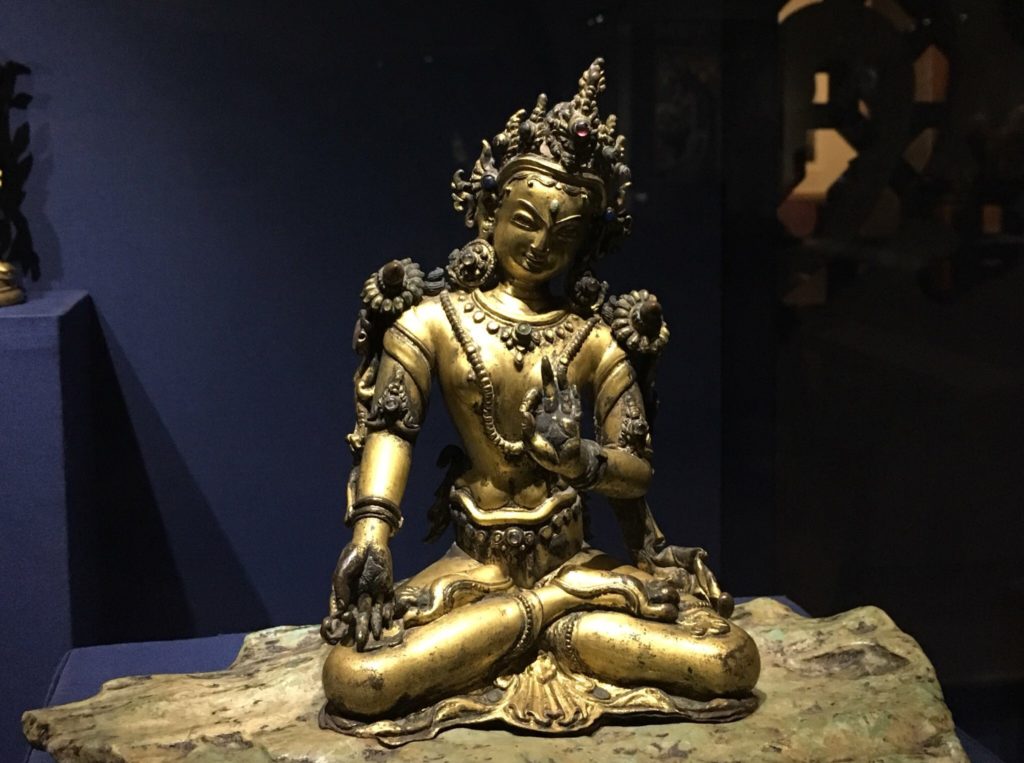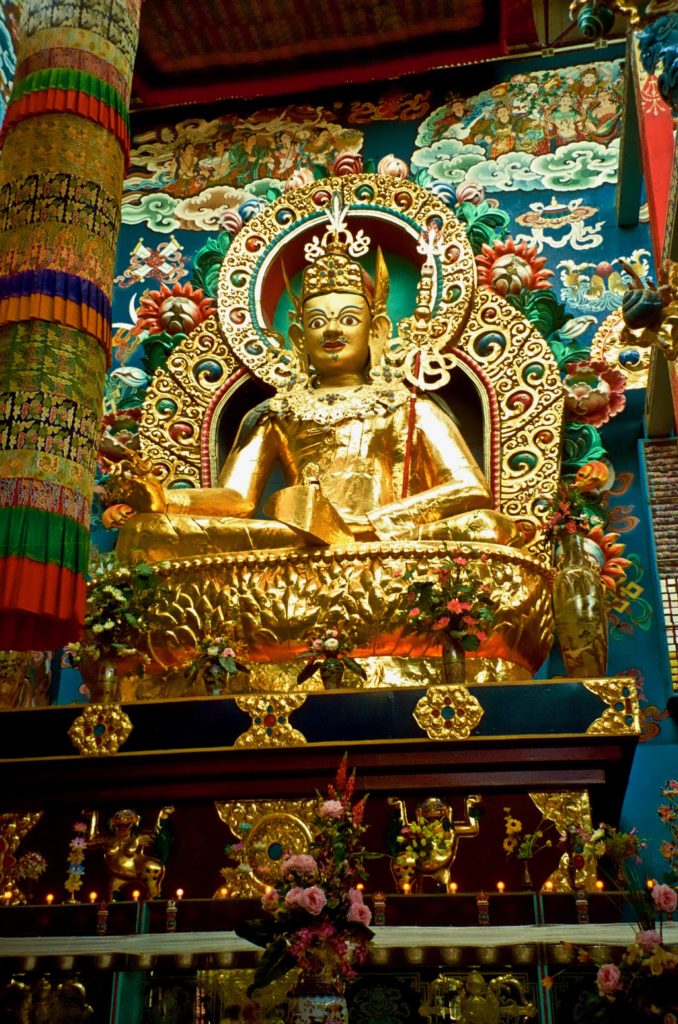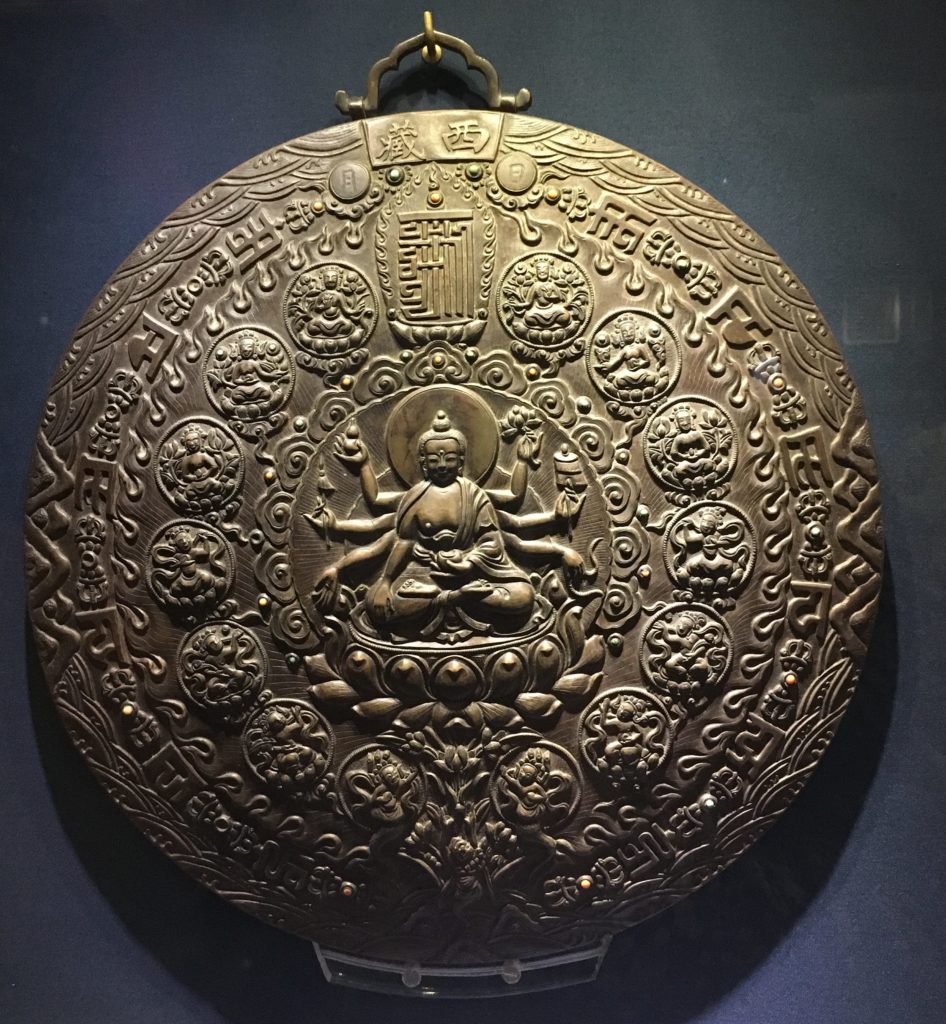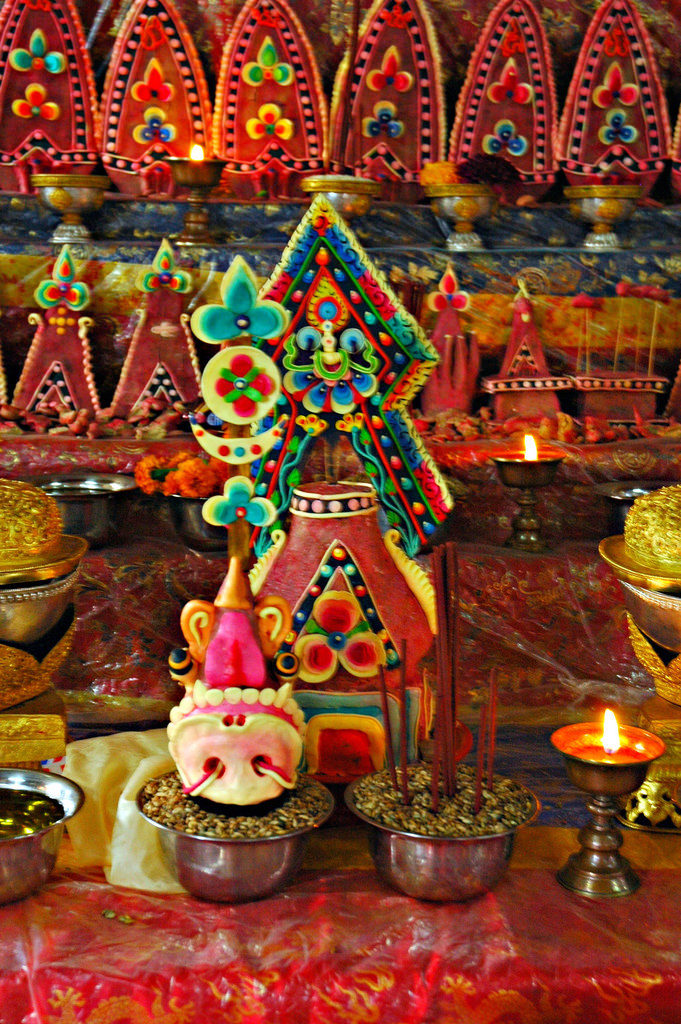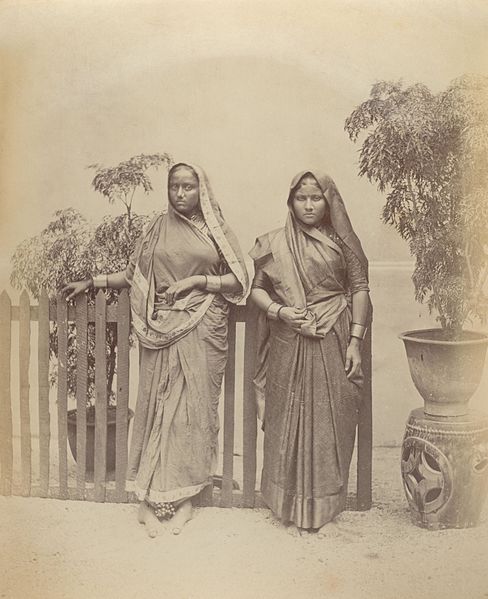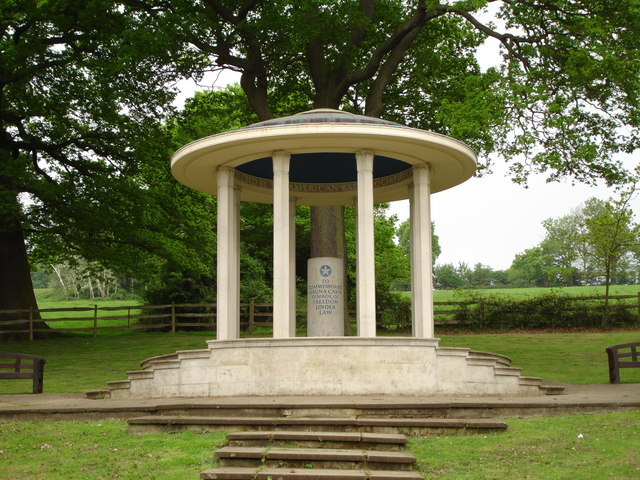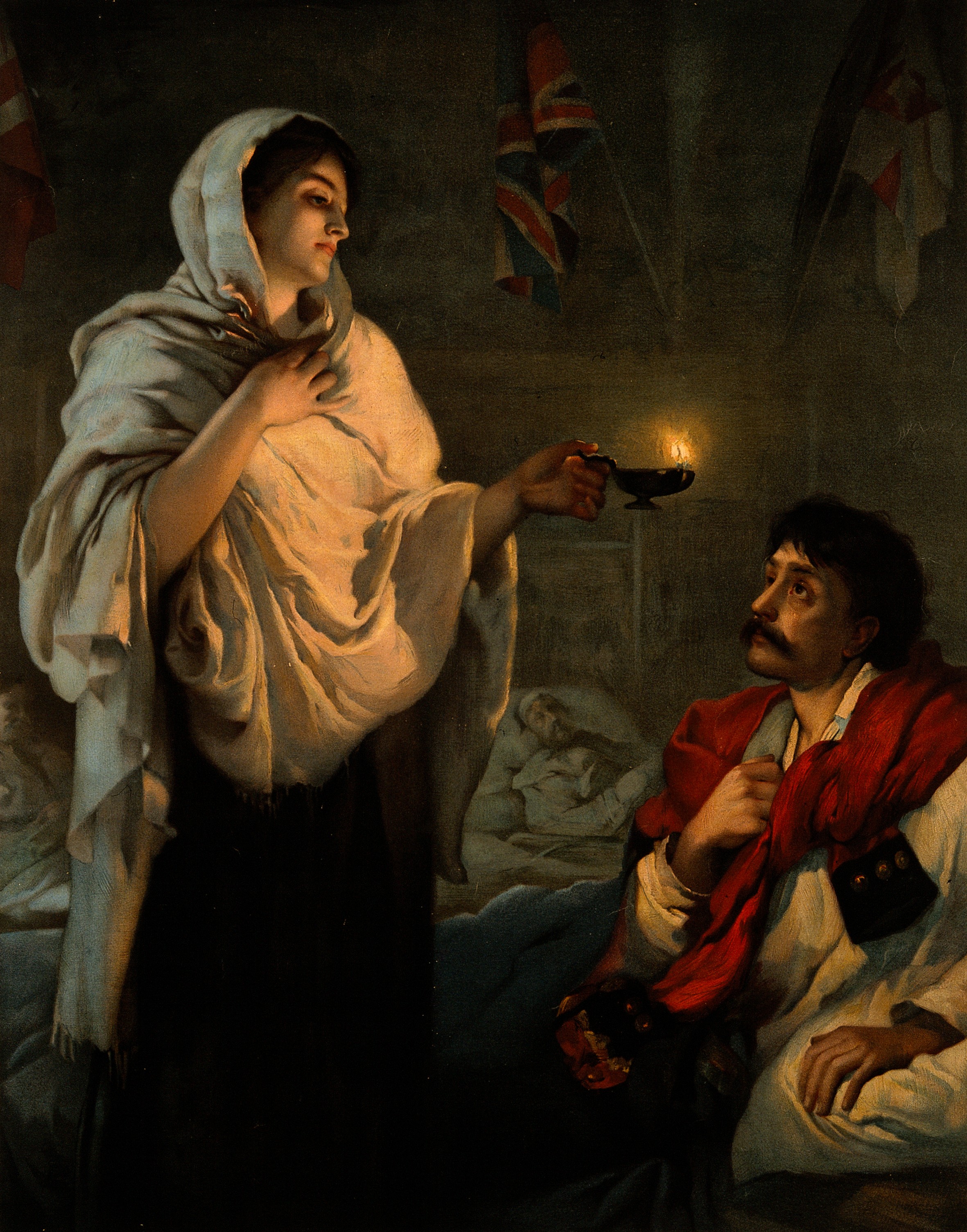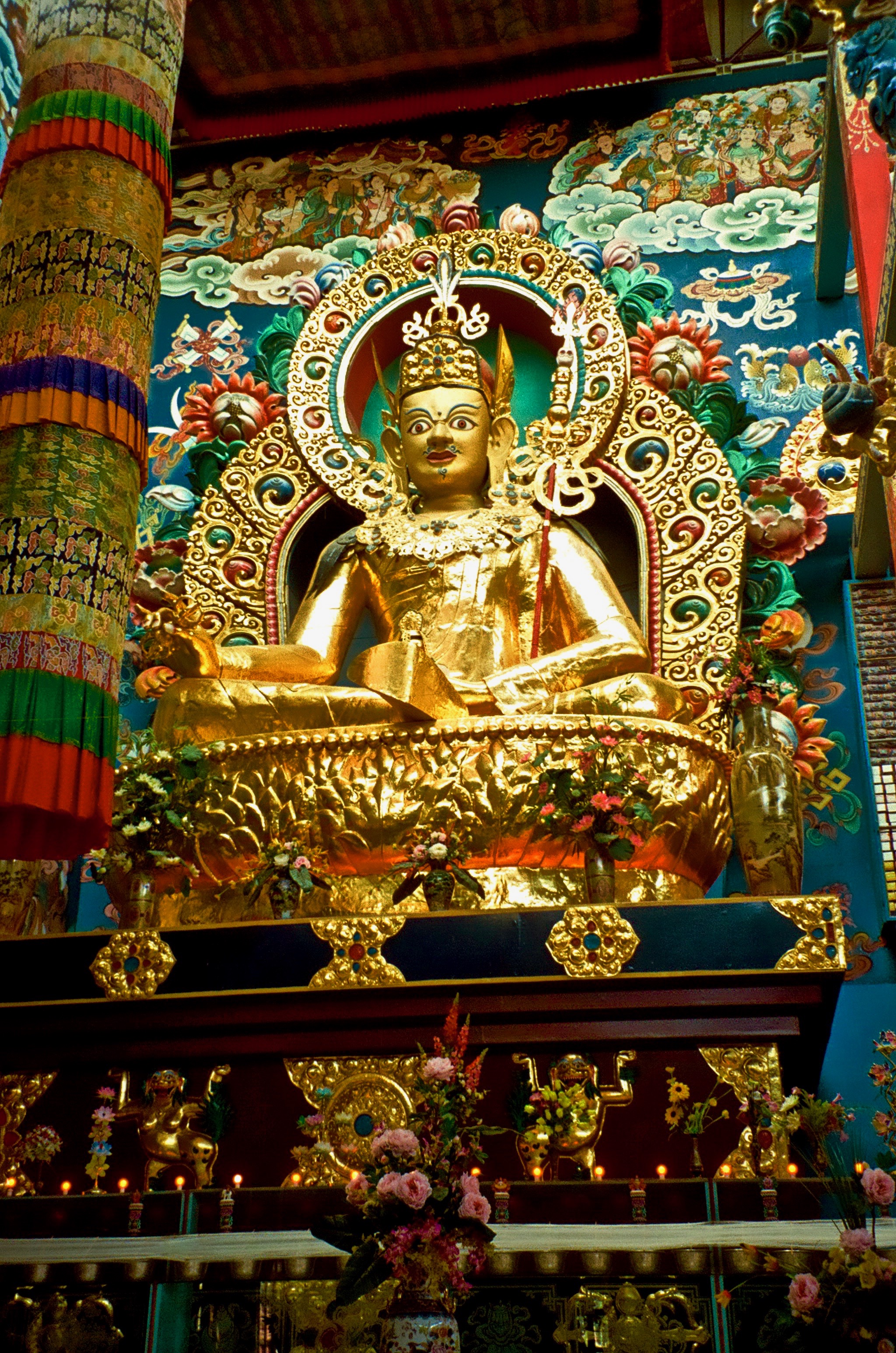
Buddhism: A Brief Look Into the Religion
Buddhism: A Brief Look Into the Religion
Explore a religion that embraces simplicity and rejects ignorance
It was on a rainy day that I found myself at the CSMVS Museum yet again. The excuse for my visit was to enjoy the best monsoon views in the city of Mumbai which the museum has to offer & to revisit the Nepal and Tibetan gallery here. This gallery was long due a good thorough examination.
I have never visited any of India’s neighbouring countries. But I have always found them rather fascinating with their connection to Buddhism, a religion born in India.
Buddhism might not have as many followers in India as its neighbours but the essence of this religion finds its way into a student’s textbook at an early stage.
The enlightenment of Buddha and his story is a widely narrated folktale in India. The 4 Fold Path that is the crux of Buddhism is taught in schools too. However what the folklore and textbooks miss is the very essence of Buddhism and its oxymoron with Hinduism.
Visiting the Nepal and Tibetan Gallery, I learnt something very exciting about Buddhism that I couldn’t wait to share with you.
The Buddha is a Part of Hinduism
Just before the Nepal and Tibetan Gallery at the Museum, a previous Indian Arts Gallery shows a display of the Dashavatars which are the 10 incarnations of Lord Vishu which he assumes to protect the innocent at different times and in different realms.
The most recent and the 9th incarnation is of Balaram. Balaram is considered to be a predecessor of Buddha. Thus the Buddha is also considered to be the 9th Dashavatar.
In fact when Siddharth Gautama Buddha (c. 563/480 – c. 483/400 BCE) preached his teachings, his followers were considered to be a sect or an order of sorts not an entire religion in itself. Buddha was called Shakyamuni since he hailed from the Shakya clan. Buddhism as a religion popped up much later during the time of King Ashoka (232-304BC).
There are Multiple Types of Buddhism
After the death of Gautam Buddha, Buddhism as an order split in almost 25 different sects. Monks and people following the preachings of Gautama Buddha didn’t have a leader to look up to but for their own local teachers.
This created a confusion between all the various people. Everyone was of the opinion that their teacher was the best successor to the Buddha. The best way to resolve this was the bifurcation of Buddhism.
After this till King Ashoka, the journey of Buddhism is not clearly mapped. The written or lost evidence is little to none.
What we do know for certain is that Buddhism eventually divided itself into two main parts: ‘Mahayana’ meaning the ‘High Vehicle,’ and the ‘Theravada’ or ‘Hinayana’. The more recent school of Buddhism is called ‘Vajrayana.’
Vijrayana is more popular in Nepal and Tibet. To fully understand this discipline you’ll need a lot of patience. It is very complicated and abstract yet has a profound meaning behind it. There are multiple Gods or Holy men included in Vijrayana however the founder Gautama Buddha does not vary significantly.
————————————
Enjoy reading ‘Buddhism: A Brief Look Into the Religion’
You may like to read about how Florence Nightingale helped India
————————————
There is a large set of Pantheon
The Vijrayana school of Buddhism has 5 Dhyani Buddhas who represent the victory over 5 harmful emotions of jealously, ignorance, pride, desire and anger. These 5 Dhyani Buddhas also represent the four directions and the centre.
The rest of the Vijrayana deities originate from here.
There is also a concept of a nirvana similarly to moksha in Hinduism. Vijrayana Buddhism believes that some men delay their own nirvana for the sake of helping others attain theirs. These self-less people are called Bodhisattvas.
The Bodhisattvas are protectors of wealth, realms, destroyers of ignorance and also regular practitioners of meditation.
Bodhisattvas are depicted sitting on lotus petals. The supreme Bodhisattva is Avalokiteshvara. Avalokiteshvara is supposed to guard in the period between Gautama Buddha’s demise and the arrival of the next Buddha, Maitreya.
Buddhism just like Hinduism also has its own set of Goddesses it calls the Taras. These Goddesses represent wisdom and knowledge just like the Hindu Goddess Saraswati.
The White and Green Taras are the two main deities symbolising the wives of Avalokiteshvara. They are attributed to introducing Buddhism to Tibet.
Taras have the power to give the nectar of life and win against death, rescue one from dark times and represent fertility. Taras are bestowed with the power of insight whilst their counterparts have compassion. And together they symbolise enlightenment.
The demonic female spirits are called Dakinis. They are the supreme manifestation and protectors of wisdom and teachings.
Apart from these there are many other deities considered in Vijrayana Buddhism but the deeper you read more complicated and abstract it becomes.
————————————
Enjoy reading ‘Buddhism: A Brief Look Into the Religion’
You might like to explore these 2000 year old Caves in Nashik, India
————————————-
A Buddhist Shrine Signifies A Lot in Its Simplicity
A Buddhist shrine is what we typically assume to be golden and colourful. However each colour and accessory placed around the shrine means something.
The correct terminology for a Buddhist shrine is a Gompa. There are multiple Gompas set up pertaining to the different deities.
The altar is made of three aspects: the Dharma, Buddha and Sangha. Dharma includes teachings of Buddha and the Sangha represents a monastery. Together these three are the Three Jewels or Triratna.
The statue at the centre of the altar represents the body of Buddha and the manuscripts around it, Dharma. The multi layered altar represents a stupa or a monastery.
You must have also seen the distinctive pure Golden colour of the Buddha. Gold bears an importance in some types of Buddhism especially in its purest form. Hence the statue of the Buddha is made from Gold.
7 cups of water are placed before the idol as an offering owing to the first 7 steps of baby Buddha in all the four directions. The reason to fill these with water is simply the abundance of this essential natural resource: abundance and affordability to everyone.
The Incense Burner is placed at the altar along with cymbals and drums as an offering to the five sensory organs.
A hand drum is played to bring joy to the Buddhas, Bodhisattvas and Dakinis.
Perhaps the most essential piece of Buddhism is represented by a Vajra and a Bell who together represent a balance between wisdom and skilful method.
An alms bowl bears the significance of the highest attainment of enlightenment.
A Mandala signifies the entire universe. The entire Mandala represents the sacred Mount Meru and is considered the highest form of devotion.
A Torma is a cake made from barley dough and butter coloured using motifs which is also placed at the altar.
A ritual vase with peacock feathers is filled with five varieties of fragrant waters, five types of grains and five medical substances. The peacock features have an ability to absorb which symbolises immortality and an ability to convert poison into nectar.
Contrary to this a Skull Shaped Cup represents the inevitable death.
A Rosary represents the continuation of Buddha Dharma.
You might think this is quite a list of tools for prayer. However you must see that all these are easily obtainable objects which can be used by the rich and poor alike.
All these accessories together complete a Buddhist shrine. Each piece has its own meaning but together they complete the story.
You may or may not agree with Siddharth Gautama’s decision to leave behind his seven day old son and wife to attain enlightenment, I for one don’t. It wasn’t wise of him to leave his young family without as much as a farewell note. However what he built after leaving his family is incredible. The teachings of Buddhism have gripped our 21st century world and helped people turn their depressed, stressed lives into happy stress free meaningful ones.
It is certainly marvellous to know that a man born somewhere in the 4th century gave this world an antidote to surpass the threats of technology that surmount us 2400 years later.
If you liked reading Buddhism: A Brief Look Into the Religion, please share it with your friends.
————-
Explore Incredible India:
http://giglee.in/conquering-the-daulatabad-fort/





